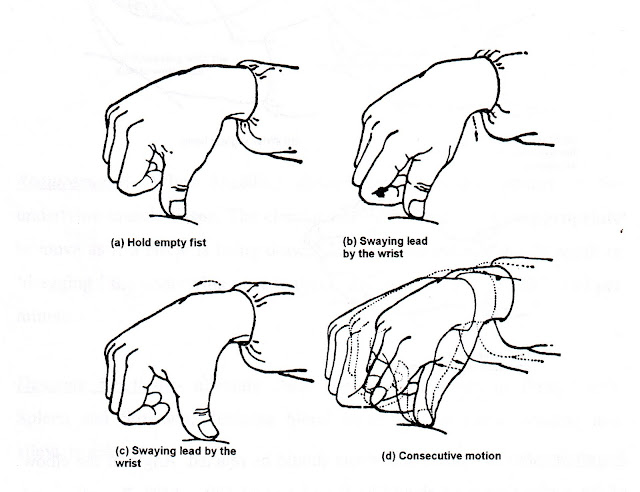Tuina can be defined as the application of various specified manipulative techniques, using hands, limbs or other body parts; upon respective body surfaces by which varying magnitude of force is used.
Nomenclature of Tuina techniques
Due to the historical development of TCM Tuina it is quite confusing in terms of compromising upon the appropriate names given to specific techniques. Traditional ways of classifying Tuina techniques are multifarious:
• According to the movement appearance of the technique:-.e.g Pushing, Grasping, Squeezing, Nipping, Pinching, Tapping, Patting etc.
• According to the meaning of the word describing the techniques:‑ e.g. Mo Fa (to rub),
Tui Fa (to push) Yao Fa (to rotate) etc.
According to the apparatus used:‑ e.g. Bang Ji Fa (using branches collected from a mulberry tree to perform hitting movements)
• According to the movements performed by the therapist upon patients:‑ e.g. Flexion and Extension
• According to traditional custom:‑ e.g. One finger meditation.
However, most Tuina techniques can be understood according to their modes of dynamism.
1. Force applied in a perpendicular fashion:‑ e.g. Pressing, One finger meditation and Trampling etc.
2. Force applied in a horizontal fashion:‑ e.g. Rubbing, Scrubbing and Pushing etc. (Although downward force is still applied, the emphasis is on the horizontal surface.)
3. 3. Force applied in a symmetrical fashion:‑ e.g. Grasping, Pinching and Squeezing etc.
4. Force applied in an antagonistic fashion:‑ Pulling, Oblique‑pulling and Countertraction etc.
5. 5. Joints manipulation:‑ e .g. Rotating, Traction and Back extension etc.


















